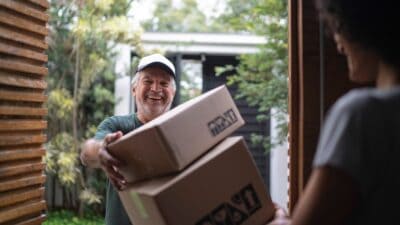The internet is littered with stories of apparently wealthy men and women who claim to have made millions with forex trading. At first, these stories look appealing. What’s not to like about working from home, trading the financial markets, making thousands of pounds every day?
However, what these success stories don’t tell you is how many people have also lost everything with forex trading.
High risk, high reward
Forex is the largest financial market in the world. Every single day, more than $5trn of foreign currency is bought and sold, mostly in London. To amplify profits, traders often make use of leverage. Some platforms used to offer leverage ratios of as much as 500x the initial investment. This means a trader with no experience and just £100 could buy and sell up to £50,000 of foreign currency.
The problem with leverage is that while it amplifies gains, it also amplifies losses. This is why so many traders end up losing everything. The forex website DailyFX found that a staggering 96% of forex trading accounts end up getting wiped out.
This ratio implies you might have more chances at the roulette tables. With just a 4% chance of becoming a winning forex trader, playing the foreign currency markets is, in my opinion, akin to gambling. As a result, I think you have a better chance of making a million by investing your hard-earned money instead.
Investing for the future
Investing in high-quality blue-chip stocks and playing the foreign exchange market are two very different things. For one, blue-chip stocks usually offer a dividend yield, whereas you typically have to pay to borrow money with forex trading. Further, based on the assumption that 96% of forex traders lose money, all you would need to do to beat this record is to buy a high-yielding blue-chip stock, like Aviva (current yield of 9%), and hold it for 12 months.
Assuming Aviva’s share price didn’t decline substantially over the year, the chances of you coming out with a positive return are almost guaranteed.
Tracking the market
If you don’t fancy picking stocks, you could always invest in a low-cost FTSE 100 tracker fund. Over the past decade, the FTSE 100 has produced an average annual return for investors of around 7%, turning every £1,000 invested into roughly £2,000. This trend is likely to continue as long as the global economy continues to expand.
And you don’t need to get up early every day and trade for hours to realise these profits. All you need to do is click ‘buy’, sit back, and relax.
Power of compound interest
Thanks to the power of compounding, the returns of this approach really add up over time. A £1,000 lump sum invested in the FTSE 100, growing at 7% per annum for 10 years with an additional £100 contribution every month would, according to my calculations, be worth more than £19,000 at the end of a decade. If you invest £550 a month for 35 years, at a 7% rate of return, you could build a savings pot of just under £1m.
It might take some time to reach this level, but the chances are you would never see the same kind of returns from a forex trading.







